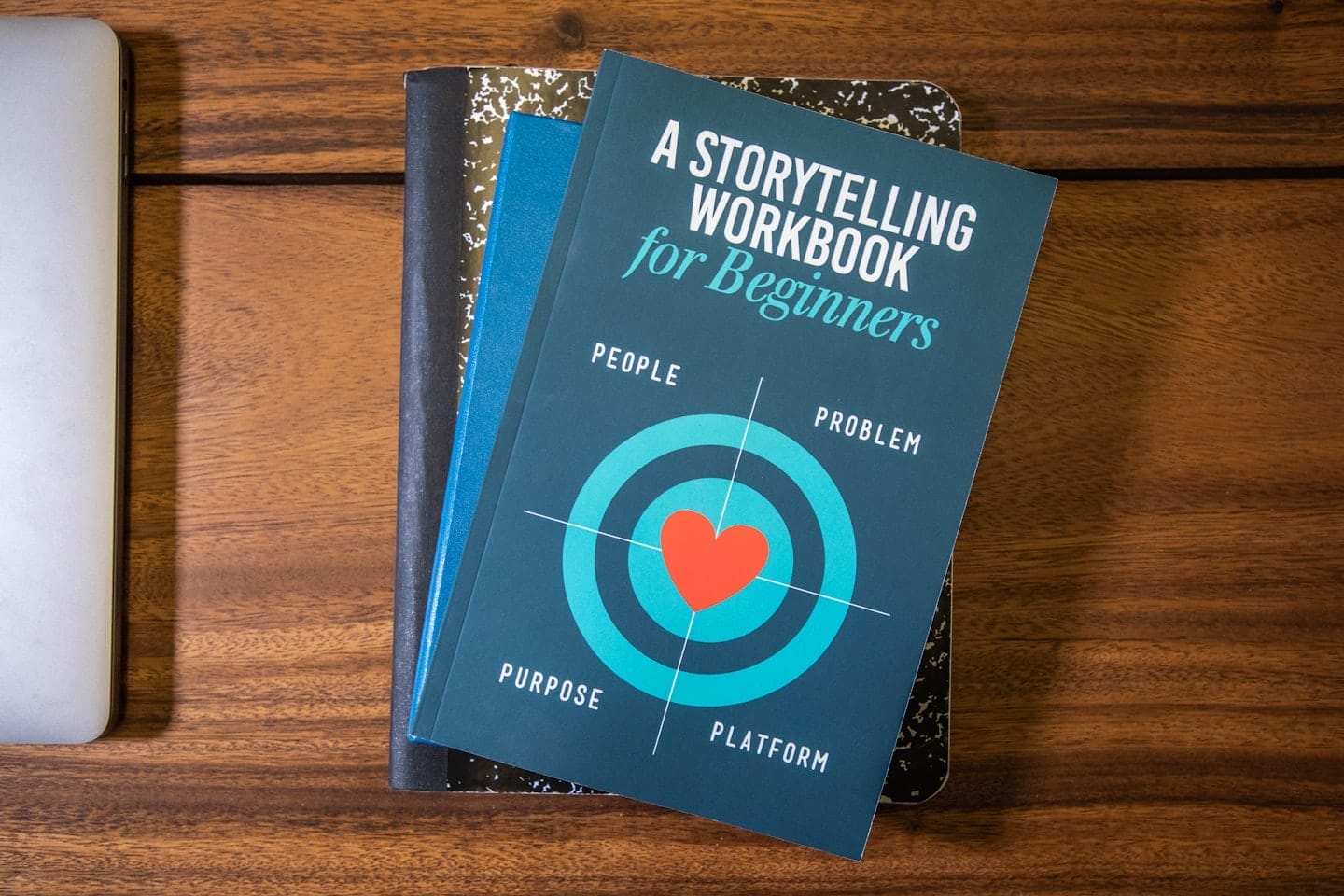
Craft Deeper Characters, Build Cohesive Worlds
Welcome to the Holistic Character Assessment Toolkit—a collaborative platform blending writing, game design, and psychology. Explore guided forms, checklists, and interactive prototypes that bring your narratives to life.
What Is H-CAT?
H-CAT merges character tools with narrative and world-building methods, so you can develop richer stories and TTRPG campaigns. We combine creative writing principles, RPG mechanics, and psychological frameworks (Enneagram, Jungian functions, etc.) to guide you step by step. Everything is community-driven and continually evolving—your feedback shapes our forms, resources, and future features.
Holistic Character Forms & Templates
Flesh out every aspect of your characters—from basic attributes like name, race, and appearance to deeper traits like personality, relationships, and backstory. Our forms are structured checklists designed to ensure no detail goes overlooked. Check out our blog posts for step-by-step guides on each form.
Blog
Discover a diverse range of story and game structures, along with comprehensive approaches to crafting well-rounded characters.
-
Additional Notes form
The “Additional Notes Form” is designed to capture the broader creative context…
-
Gameplay Mechanics form
The “Gameplay Mechanics Form” is designed to guide creators in structuring the…
-
World-building Details form
The “World-building Details Form” is designed to assist creators in developing the…
Looking to play a pivotal role in shaping the future of H-CAT? Sign up today and become an integral part of our fledgling community, where you can contribute to the ongoing evolution and enhancement of cutting-edge creative tools.

